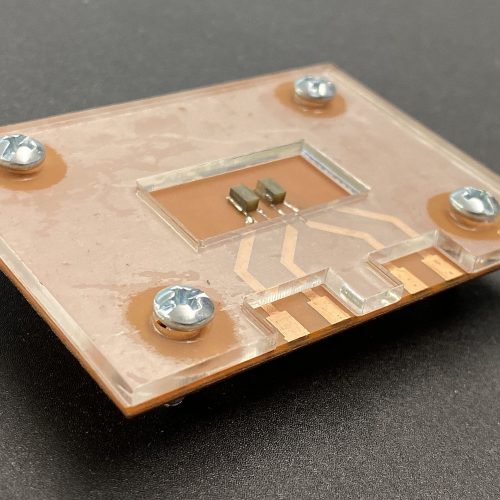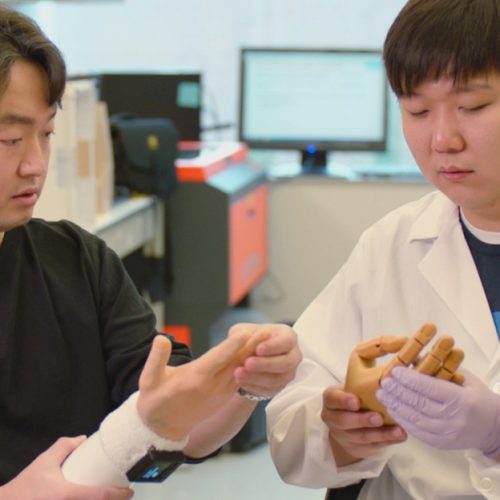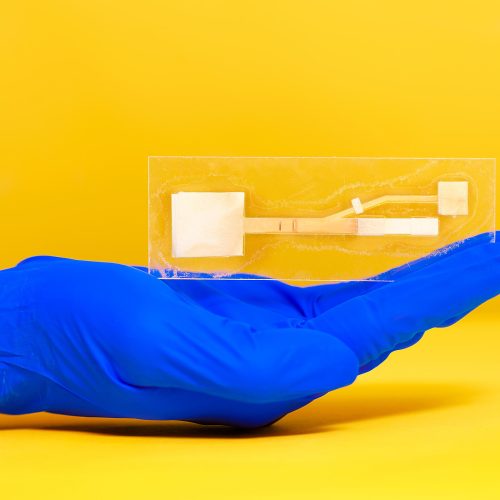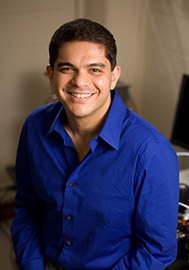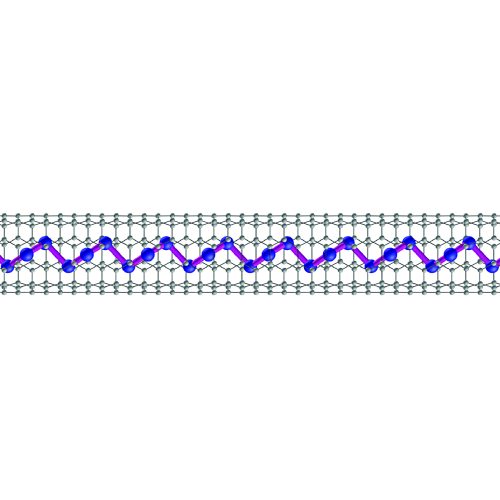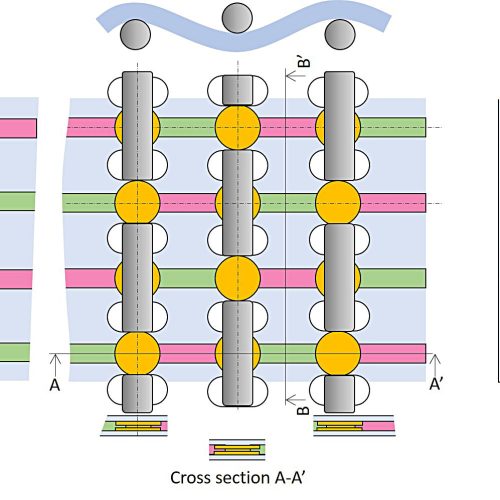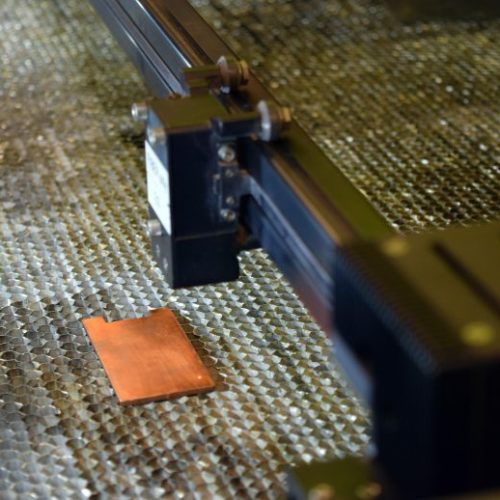
April 14, 2020
Laser Treatment Turns Metal Surfaces Into Instant Bacteria Killers
Bacterial pathogens can live on surfaces for days. What if frequently touched surfaces such as doorknobs could instantly kill them off?
Purdue University engineers have created a laser treatment method that could potentially turn any metal surface into a rapid bacteria killer – just by giving the metal’s surface a different texture.
In a study published in the journal Advanced Materials Interfaces, the researchers demonstrated that this technique allows the surface of copper to immediately kill off superbugs such as MRSA.
“Copper has been used as an antimicrobial material for centuries. But it typically takes hours for native copper surfaces to kill off bacteria,” said Rahim Rahimi, a Purdue assistant professor of materials engineering.

